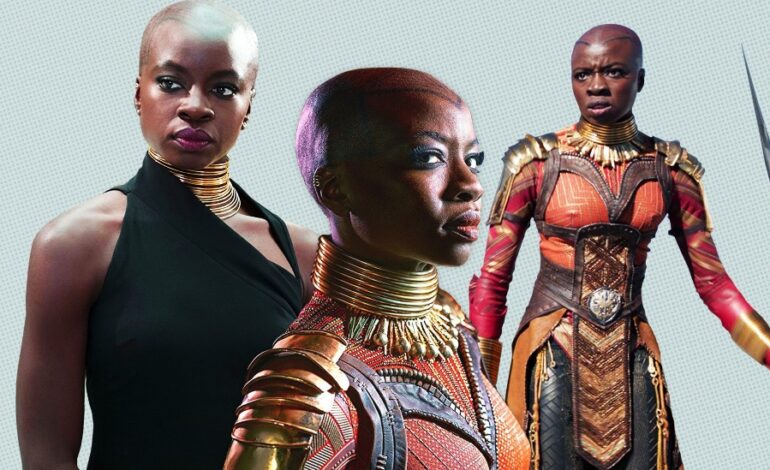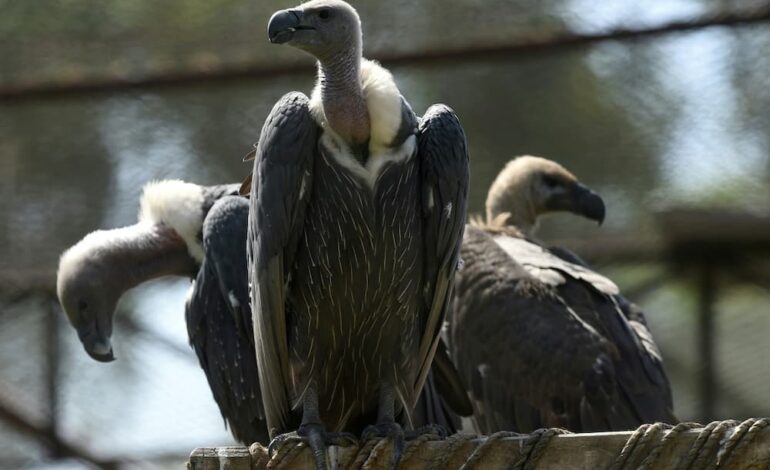
Avellon Williams
Whenever you attend an African traditional event, you are sure to notice the elegant, colorful display of traditional African clothing. In addition to enhancing the already energetic scenes, this often adds an extra layer of color and elegance.
There is no doubt that traditional African clothing represents one of-if not the biggest symbols of the continent’s rich cultural heritage and diversity. The traditional African clothing of different ethnic groups differs across the continent.

These clothes are typically worn for special occasions, traditional festivals, and other special occasions. In recent years, some designers have started blending traditional African clothing with other materials to make unique designs. Thus, some traditional African clothes are becoming more commonplace.
A dress often reflects the status of an individual or group within an ethnic group and the traditional society in which it was made. These traditional African clothes are not only elegant but can also help you connect with your roots.
What is Traditional African Clothing made of?
Traditional African clothing is made from a variety of fabrics depending on the region. As an example, Sahelian Africans prefer cotton Boubous, while Northern Africans naturally make theirs from silk. The most common materials used to make African clothes are silk, cotton, and chiffon. The preferred fabric varies from region to region depending on what is readily available.
What is the most popular African clothing?
The dashiki appears to be the most popular African clothing. Despite its popularity in West Africa, it has spread to other regions as well. Kenyans and Tanzanians call it Kitenge.
The most popular traditional cloth in the northern part of the continent is the Djellaba. Both men and women wear this silk robe over other clothes. Muslims are predominantly associated with this style of dressing.
Here is a list of 11 traditional African clothing that represent different regions throughout the continent.
1. Kente

A unisex traditional African clothing, Kente is historically associated with Ghana’s Ashanti and Ewe people. It is made of silk and/or cotton strips designed to fit the cloth’s pattern.
In spite of technological advancements, Ashanti natives still weave Kente clothes by hand. It was historically worn by Ghanaian royalty as a toga-like fashion. Today, Kente print has become widely popular in Asia and the West thanks to the popularity of Kente patterns.
2. Iro ati Buba

The Yoruba women of Nigeria wear Iro and Buba (also known as Iro ati Buba). Originally, the dress consisted of five pieces. An Iro is a large wrapper that ties around the waist.
The buba is a loose blouse worn on the upper body. A gele is a head tie that is famous worldwide among Nigerian women. On top of the Iro, a short fabric called Pele is tied around the waist.A scarf called an Iborun, drapes over the left shoulder. In contrast, trendsetters are replacing traditional Aso Oke fabric with lace, cotton, or chiffon instead of Pele and Iborun.
3. Boubou

Throughout Africa, men and women wear the Boubou, a classic, stylish, and functional robe. It is usually about 150cm wide and varies in length according to the wearer’s height and preference.
Alternatively, there is the grand Boubou, which has 300 cm-long fabrics and reaches to the ankles. In traditional boubous, designers fold the fabric in half, cut out the neck opening, and sew up the sides halfway up to create flowing sleeves. It is common for women to have large and rounded necks. While men’s are long and V-shaped.
4. Kanzu

In the African Great Lakes region, men wear kanzus, which is white or cream in color. The affected people in this category include Burundians, Congolese, Ethiopians, Kenyans, Malawians, Rwandans, Tanzanians, and Ugandans.
It is known as Tunic in English, and Thawb in Arabic. The dress is particularly popular in Uganda, where men wear it to weddings and festivals. Men of culture” wear the Kanzu to convey a sense of authority and sophistication.
5. Habesha Kemis

The Habesha Kemis is an African traditional garment worn by Habesha women in Addis Ababa, Ethiopia. A Habesha Kemis is typically a robe that stretches from the neck to the ankle.
For formal events and vacations, Ethiopian and Eritrean women rock it. There are many types of it available nowadays, including short- or long-sleeved versions. Fabric usually comes in grey, beige, or white shades and is sewn from cotton.
6. Djellaba

A djellaba or jillaba is a long, loose-fitting robe for both men and women. It is typically long-sleeved and worn throughout North Africa, especially in the Maghreb region. It has been traditional to design djellabas using wool as the main material. In recent years, lightweight cotton djellabas have become increasingly popular.
It is common for Djellabas to sweep the ground. A lightweight variant, however, is often smaller and slimmer. For religious festivals and other occasions, men wear light-colored Djellabas and Arab fez hats.
7. Shuka

A Shuka is a traditional African garment worn by the Maasai people of Tanzania and Kenya. Often red and black striped, the blanket is called the ‘African blanket’. As a traditional garment, the Shuka was worn by high-ranking community members in Tanzania and Kenya prior to the colonization of those countries by the Scottish.
Today, it’s gaining popularity as an urban wear item as well. These traditional clothing variants are worn by workers at their workplaces. Traditionally, only the Maasai wore Shuka. In spite of this, this traditional African cloth is now gaining acceptance throughout the world.
8. Dashiki

Dashiki is an African traditional garment indigenous to the Ewe people of Ghana. The garments cover the upper part of the body and are also colorful. An embroidered V-shaped collar adorns the collar of a dashiki, a loose-fitting shirt for men and women.
Additionally, they come in a variety of colors and shapes. Ghanaians typically wear Dashikis with drawstring pants for both formal and informal occasions. In the West, Africans and Blacks wear them as well, although they were once common in Ghana and a few other West African countries. Stylish and colorful, dashikis are a great way to connect to one’s roots.
9. Isidwaba

In Zulu culture, isidwaba is a popular dress. Also known as Isikhakha, Isidwaba is a traditional skirt worn by betrothed or married women in Southern Africa. In general, it is made of either cowhide or goatskin leather.
Using colorful mat-like fabric, the lady adorns it. Since it was created in the 19th century, Isidwaba has maintained its form and design among Zulus. When a bride comes of age, her father traditionally gives her Isidwabas from the cow she gets.
As a result, she must wear a skirt on her wedding day. Owning one of these traditional African clothes will allow you to identify with this Zulu culture.
10. Isiagu

Isiagus are descendants of the Igbo people of South-East Nigeria. As the name implies, ‘Isiagu’ means ‘leopard’s head’. The cloth, however, has the head of a lion, which will surprise you.
Well, the lion has taken over the leopard’s totem. An Isiagu combines silk fabric with a lion’s head emblazoned in a definite pattern. In most cases, it is worn over a pair of black trousers or knitted wrappers tied around the waist.
It is interesting to note that the Isiagu is also regarded as a status symbol among Igbo men. It is worn for formal occasions such as coronations, traditional meetings, and funerals of chiefs.
It used to be considered an abomination for women to wear isiagu. The millennial generation has changed that narrative. It has even been used to make wedding dresses.
11. Toghu/Atoghu

North-Western Cameroon’s Bamileke people wear the Toghu or Atoghu as a traditional outfit. Traditionally, only royalty wore the Toghu as a sign of their superiority over the commoners. In addition, it is a traditional attire suite used for investitures, traditional coronations, and other festive occasions.
The design of Toghu is embroidered with colorful patterns. Black velvety fabric makes up the garment. More African Americans are tracing their roots back to Cameroon since the turn of the 21st century.
African traditional clothing is still associated with deep ethnic meanings today. Their culture also embodies the diversity and heritage of Africa. Over the years, the sternness around who can wear them has diminished, but they are still highly valued.
Due to the shortness and elaborateness of this list, some important traditional African clothing is sometimes overlooked. Do you think there is an important traditional African cloth worth including on this list? Which traditional clothing do you wear? Share with us too if you like.




